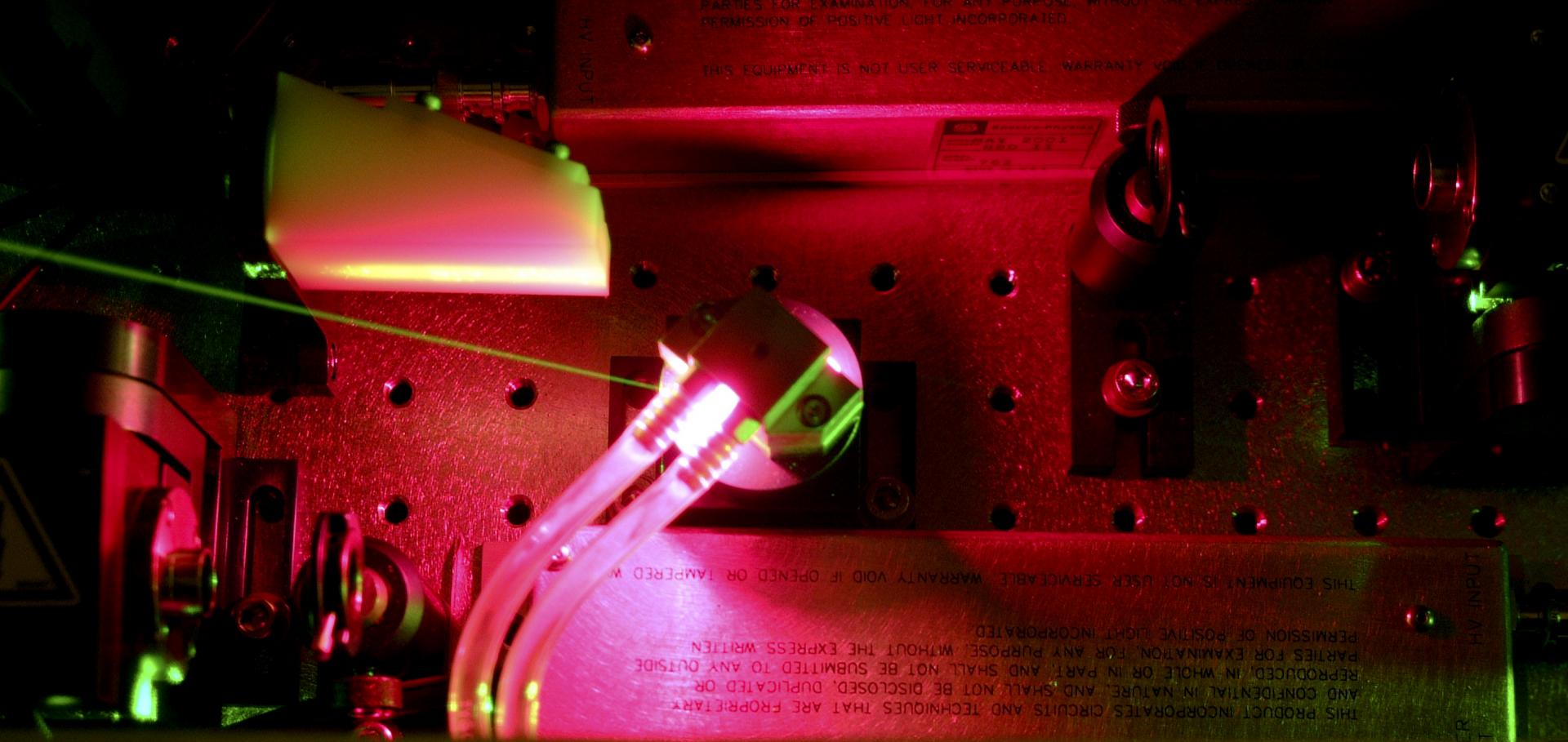Erratum: Emittance Preservation in an Aberration-Free Active Plasma Lens [Phys. Rev. Lett. 121, 194801 (2018)].
Physical review letters 122:12 (2019) 129901-129901
Abstract:
This corrects the article DOI: 10.1103/PhysRevLett.121.194801.Plasma Wakefield Accelerator Research 2019 - 2040: A community-driven UK roadmap compiled by the Plasma Wakefield Accelerator Steering Committee (PWASC)
(2019)
Abstract:
The acceleration gradients generated in a laser- or beam-driven plasma wakefield accelerator are typically three orders of magnitude greater than those produced by a conventional accelerator, and hence plasma accelerators can open a route to a new generation of very compact machines. In addition, plasma-based accelerators can generate beams with unique properties, such as tens of kiloamp peak currents, attosecond bunch duration, ultrahigh brightness and intrinsic particle beam-laser pulse synchronization. In this roadmap we review the status of plasma accelerator research in the UK. We outline potential applications, describe the research and development required to enable those applications, and discuss synergies with related areas of research. We also set-out the resources required to realise these ambitions and provide a timeline for advances in the key areas.Direct Observation of Plasma Waves and Dynamics Induced by Laser-Accelerated Electron Beams
PHYSICAL REVIEW X 9:1 (2019) ARTN 011046
Comparison of Strong-field Ionization Models in the Wavelength-scaling of High Harmonic Generation.
Optics express 27:5 (2019) 6925-6935
Abstract:
We report the use of wavelength-tuneable laser pulses from an optical parametric amplifier to generate high-order harmonics in a range of noble gases. The variation of the harmonic cut-off wavelength and phasematching pressure with gas species and fundamental wavelength were recorded. The experimental results are compared to a phenomenological model of the harmonic generation process, incorporating two separate models of photo-ionization. While the calculated phasematching pressure is generally insensitive to the ionization model, for the harmonic cut-off we obtain superior agreement between experiment and theory when the Yudin-Ivanov (YI) ionization model is used, compared to the commonly utilised Ammosov-Delone-Krainov (ADK) model.Low-Density Hydrodynamic Optical-Field-Ionized Plasma Channels Generated With An Axicon Lens
(2019)


